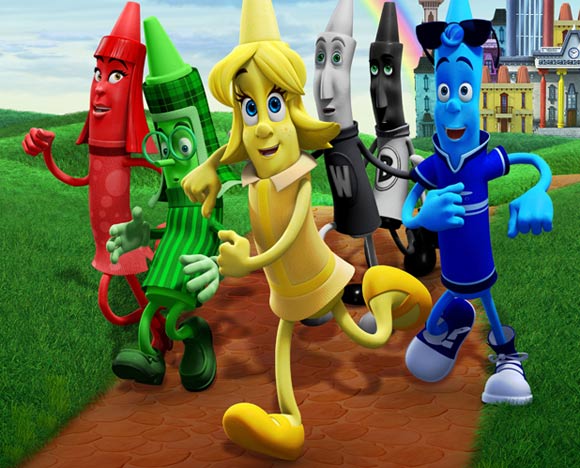Lighting, Color Theory, and Emotion
This post sponsored by StageLightCompany.com—professional lighting for churches.
This article from Steven Hall is all about the way colors and color combinations affect our emotions and the environments we create in our church services.
Lighting can convey emotion, mood, setting, energy, and many other important elements during a church service. Color can be one of the most impacting attributes of lighting. Warm colors (red, amber, yellow) can convey intimacy, warmth, energy… while cool colors (blue, green, purple) can convey darkness, growth, majesty… Even further than that, a saturated color can convey depth and intensity, while a pastel can convey gentleness and calmness. Our use of color in worship can cultivate a climate where people connect deeper with God.
Check out this great list of some of the emotions that can be conveyed with color (awesome info from Camron Ware).

As you can see, a single color can communicate a lot in your design. But combinations of color can further steer the environment.
Color Combinations
A stage that is lit all red can look very oppressive. But if you add some magenta to the red, you will get a playful and energetic look. Or add purple to the red and get a more intense feel.
Adding similar shades normally works well. Red and amber, blue and teal, and magenta and purple are all great color combinations from similar hues.
Some color combinations don’t work well, though. A great example of an awful color combination is red and green. Although this color combination is culturally acceptable at Christmas, it still makes me cringe on the inside.
Many times, a pair of colors will work remarkably during most of a worship song, but lack enough energy during a build or chorus. Using a small amount of white as an accent can also help you fabricate interest and energy in these areas.
Limiting Colors
Trying to limit your colors within looks can give you a superb starting point. I use two colors + white as my theoretical color limit per look.
Many people fall into the trap of using lots of colors at the same time when lighting an element during a service. Occasionally, multiple colors can be impactful when used well and deliberately. However a lot of the time these collections of colors turn into visual noise. Using lots of colors seldom communicates any of the feeling you are trying to convey. A mix of red, magenta, amber, and yellow could be used to try and communicate intensity, playfulness, energy, and warmth during a loud call to worship song. A lot of times though, it just appears as white light near the stage with so many of the colors mixing. Instead, experiment with the two feelings you want most to convey. A mix of red and yellow lights can convey energy and intensity clearly.
As with any design element though, there is always an exception to the rule. A few moments do occur when I forgo my two-color rule. To simulate a sunset look during a song I have used a gradient of color, fading from amber on one side to a deep purple on the other. By using a gradient, there were many shades of very similar colors on the stage.
The vital consideration here is to keep the look from overwhelming the stage with too many colors in each area.
Color Positioning
Another way to add visual interest and convey your desired message is through the use of color positioning. Although a look with red and blue backlights may look good on stage, try to use one color as only sidelight. A blue backlight with a red side light creates deep and drastic shadows that will convey a sense of deep intensity that will work great in songs that are somber or heavy.
Color is complex and the combinations are endless. Some will look stellar and some will look atrocious.
There are too many color combinations to adequately go over all the variables in one article. Luckily we each have the most visually complex capture mechanism ever created—our eyesight. Trust your eyes and experiment with colors, color combinations, and positioning.
Start with a few color combinations from below then explore and experiment with what looks good and what doesn’t.
Teal / Incandescent White
Amber / Yellow
Blue / Amber
Green / Teal
Incandescent White / Purple







